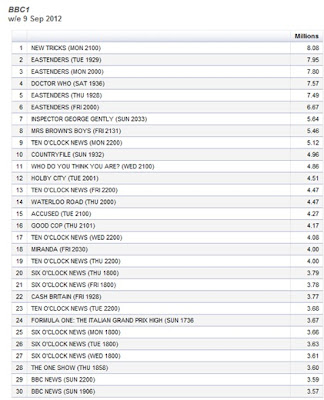For an example - 'How I Met Your Mother'
This is a television programme, it is can be a primary research because they need to find out what to wear in that year. Like when this first come out, it was in 2005, and they need to make sure they are dressing up like the style was in 2005 and keep going every year. Also no-one haven't got a programme called 'How I Met Your Mother' and they have to do their own script, characters, stages. This could be secondary research because they can see other programmes and how they do in TV programmes and try to similar. Also they will need to know what to do in their first programme so they can look another programmes and see how can they do it. Also it can give them some ideas for this programme. This can be audience research because they can see who watches this like ages, gender. This can help them because they know who watches this ages and gender. They can make this episode to make the audience like this and make sure people still watches this. This is market research as well because they want this programme best comedy TV and there is a lots of comedy TV. They want everyone watches this more than other programmes. This can be quantitative research because they can see whats their rating and how many people watches this every episode, there is an example of their ratings below. This can be qualitative research because they would want what do they think of this and their opinions so they can make changes and make it better and keep going on with no changes. it is important to have opinions for TV programmes because if one of the programmes are not good and not many people watches it so they can ask them what do they think of it and what could they change it to make it better before it cancelled. This can be production research because










